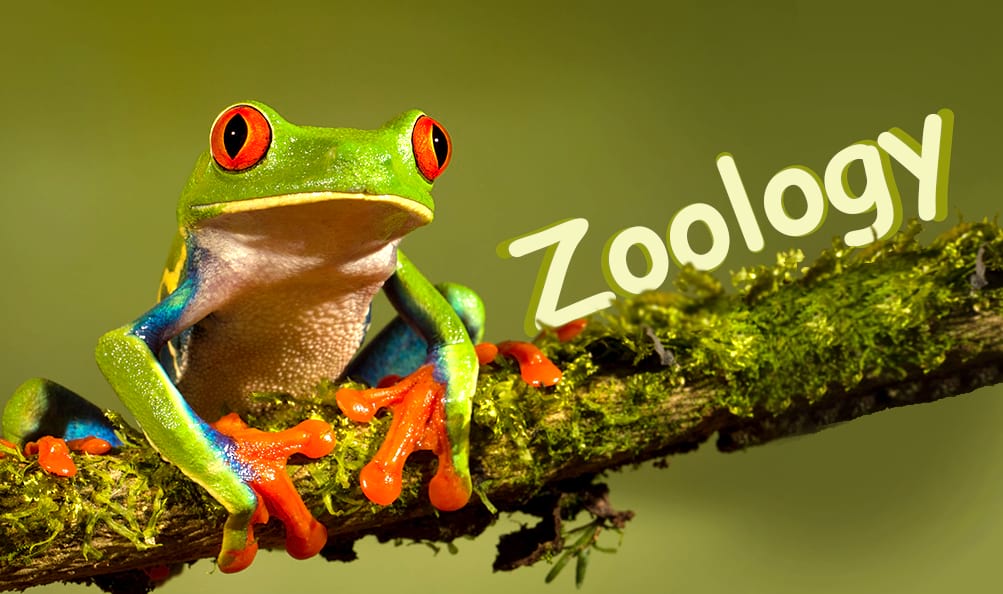The animal kingdom represents one of the most diverse groups of organisms, with millions of species exhibiting remarkable adaptations. This chapter examines the classification of animals into various phyla based on body symmetry, tissue organization, body cavity, and developmental patterns. It highlights major animal groups from simple invertebrates like sponges and cnidarians to complex vertebrates, emphasizing evolutionary relationships and distinctive adaptations that have allowed animals to thrive in virtually every habitat on Earth.
Chapter 2: Animal Kingdom
Basis of Classification
Animals are classified based on several characteristics:
- Levels of Organization: Cellular, tissue, organ, organ system
- Symmetry: Asymmetrical, radial, bilateral
- Germ Layers: Diploblastic (two layers), triploblastic (three layers)
- Body Cavity (Coelom): Acoelomate, pseudocoelomate, coelomate
- Segmentation: Presence or absence of body segments
- Notochord: Presence or absence of this embryonic supporting structure
Classification of Animal Kingdom
NON-CHORDATA (Animals without notochord)
1. Phylum Porifera (Sponges)
- Characteristics: Multicellular, pore-bearing, aquatic animals
- Organization: Cellular level
- Symmetry: Mostly asymmetrical
- Skeleton: Made of spicules or spongin fibers
- Canal System: For water circulation and food capturing
- Examples: Bath sponge (Spongia), Sycon, Euplectella
2. Phylum Cnidaria (Coelenterata)
- Characteristics: Aquatic, mostly marine animals
- Organization: Tissue level
- Symmetry: Radial
- Body Wall: Diploblastic (ectoderm and endoderm)
- Body Forms: Polyp (sessile) and Medusa (free-swimming)
- Special Feature: Cnidoblasts/Nematocysts (stinging cells)
- Examples: Hydra, jellyfish, sea anemone, corals
3. Phylum Platyhelminthes (Flatworms)
- Characteristics: Dorsoventrally flattened bodies
- Organization: Organ level
- Symmetry: Bilateral
- Body Wall: Triploblastic (ectoderm, mesoderm, endoderm)
- Body Cavity: Acoelomate (no body cavity)
- Digestive System: Incomplete (no anus)
- Examples: Planaria, liver fluke, tapeworm
4. Phylum Nematoda (Roundworms)
- Characteristics: Cylindrical, unsegmented worms
- Organization: Organ-system level
- Symmetry: Bilateral
- Body Wall: Triploblastic
- Body Cavity: Pseudocoelomate (false body cavity)
- Digestive System: Complete (mouth to anus)
- Examples: Ascaris, hookworm, pinworm
5. Phylum Annelida (Segmented worms)
- Characteristics: Segmented body (metameres)
- Organization: Organ-system level
- Symmetry: Bilateral
- Body Wall: Triploblastic
- Body Cavity: Coelomate (true body cavity)
- Special Features: Setae for locomotion, well-developed nervous system
- Examples: Earthworm, leech, Nereis
6. Phylum Arthropoda (Joint-legged animals)
- Characteristics: Largest phylum, jointed appendages
- Organization: Organ-system level
- Symmetry: Bilateral
- Body Wall: Triploblastic
- Body Cavity: Coelomate
- Special Features: Exoskeleton of chitin, segmented body, open circulatory system
- Examples: Insects, spiders, crustaceans, centipedes
7. Phylum Mollusca
- Characteristics: Soft-bodied animals, often with shells
- Organization: Organ-system level
- Symmetry: Bilateral (most)
- Body Wall: Triploblastic
- Body Cavity: Coelomate
- Special Features: Muscular foot, mantle, radula
- Examples: Snails, clams, octopus, squid
8. Phylum Echinodermata
- Characteristics: Marine animals with spiny skin
- Organization: Organ-system level
- Symmetry: Radial (adults); bilateral (larvae)
- Body Wall: Triploblastic
- Body Cavity: Coelomate
- Special Features: Water vascular system, endoskeleton of calcareous plates
- Examples: Starfish, sea urchin, sea cucumber
CHORDATA (Animals with notochord)
Characteristic Features:
- Presence of notochord (at least during embryonic stage)
- Dorsal hollow nerve cord
- Pharyngeal gill slits (at some stage of life)
- Post-anal tail
Subphylum Protochordata
- Simple chordates without vertebral column
- Examples: Amphioxus (lancelet), Herdmania (sea squirt)
Subphylum Vertebrata
Animals with vertebral column replacing notochord in adults.
Class Cyclostomata
- Characteristics: Jawless fishes
- Examples: Lampreys, hagfishes
Class Pisces (Fishes)
- Characteristics: Aquatic, streamlined body, gills, fins
- Subgroups: Cartilaginous fishes (sharks, rays) and Bony fishes (tuna, rohu)
Class Amphibia
- Characteristics: Can live on land and water, moist skin, no scales
- Examples: Frogs, toads, salamanders
Class Reptilia
- Characteristics: Terrestrial, dry scaly skin, amniotic eggs
- Examples: Lizards, snakes, turtles, crocodiles
Class Aves (Birds)
- Characteristics: Feathers, forelimbs modified as wings, endothermic
- Examples: Sparrow, pigeon, eagle
Class Mammalia
- Characteristics: Hair, mammary glands, viviparity (mostly)
- Examples: Humans, lions, whales, bats
Complete Chapter-wise Hsslive Plus One Zoology Notes
Our HSSLive Plus One Zoology Notes cover all chapters with key focus areas to help you organize your study effectively:
- Chapter 1 The Living World
- Chapter 2 Animal Kingdom
- Chapter 3 Structural Organisation in Animals
- Chapter 4 Biomolecules
- Chapter 5 Digestion and Absorption
- Chapter 6 Breathing and Exchange of Gases
- Chapter 7 Body Fluids and Circulation
- Chapter 8 Excretory Products and their Elimination
- Chapter 9 Locomotion and Movement
- Chapter 10 Neural Control and Coordination
- Chapter 11 Chemical Coordination and integration
